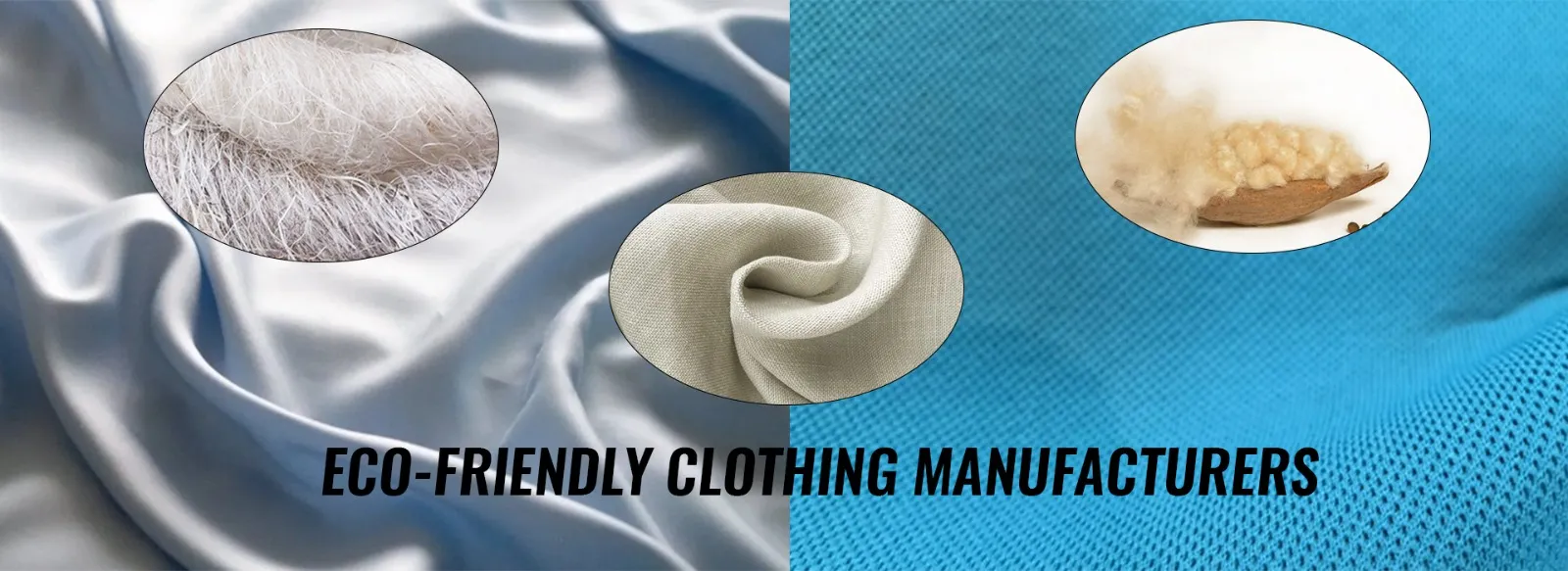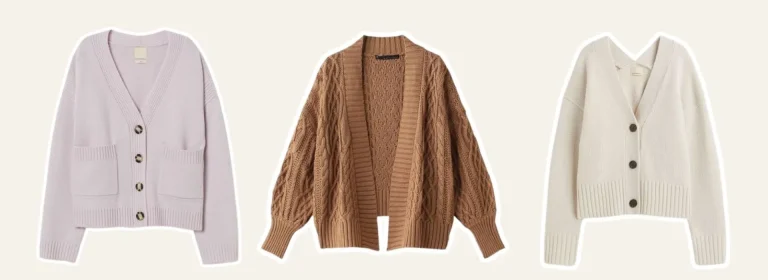People’s fashion choices have changed significantly in the past several years, with an increasing number of consumers searching for environmentally responsible options! Fast fashion is notorious for using subpar materials that are bad for the environment and lead to significant pollution. Fortunately, there are now more high-quality, cozy, and environmentally friendly sustainable textiles available! Thus, there isn’t much preventing us from making the transition to these environmentally friendly choices. All we need to know is where to begin. This blog post lists 15 eco-friendly clothing fabrics and explains how using them instead of traditional textiles can reduce your impact on the environment.
What is Eco-friendly Clothing?
Simply put, eco-fashion is the production of clothing with consideration for the effects on the environment, consumer health, and laborers’ working circumstances. Eco-friendly materials include hemp, wool, organic cotton, soy silk, bamboo, jute, corn fiber, and more because they come from nature and don’t include any poisonous or hazardous chemicals. In addition, their prices are lower than those of other synthetic materials.
Do Organic and Sustainable Fabrics Have the Same Properties?
Although all organic fabrics—think hemp, bamboo, linen, cotton, and hemp—are produced using zero chemicals and a significant reduction in resources, not all sustainable materials are organic. The term “sustainability” in textiles refers to a wider range of synthetic materials, such as polyester and nylon, which are not environmentally friendly when used alone but become more environmentally friendly when recycled to create new materials.
What Are Sustainable Clothing Materials? 15 Types of Sustainable Fabrics
Although a lot of products are marketed as sustainable, what exactly is green, and what is merely greenwashing? The list of natural fabrics that live up to the hype includes 15 eco-friendly materials, such as synthetic hemp, linen, TENCEL Lyocell, polyester cotton, animal-derived recycled wool, and new fibers.
Alpaca Wool
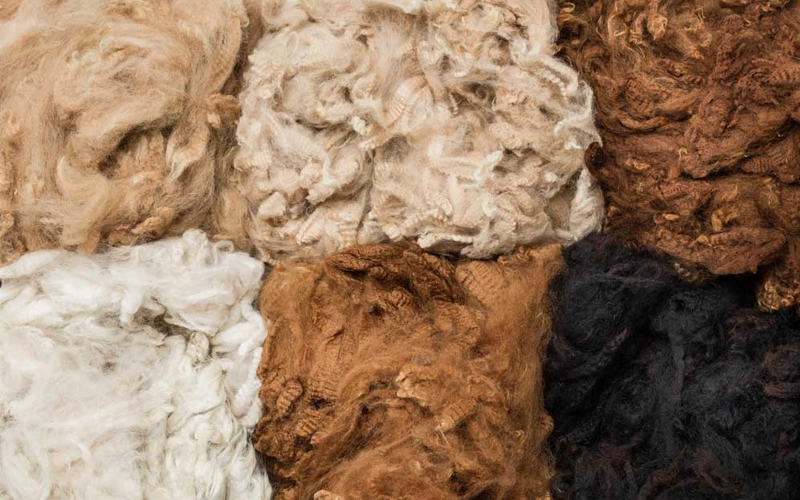
Alpaca wool is a kind of wool made from the fibers that alpacas naturally produce. Because of their similarities to camels, these creatures are called camelids. Alpacas are indigenous to South America. The Huacaya alpaca and the Suri alpaca are the two breeds of this four-legged creature.
Each of these alpaca breeds produces wool that is valued equally for various reasons. Alpaca-derived wool is perfect for a variety of clothing types since it may be either light or heavy, depending on how it is spun. Alpaca wool has a softer texture and is more resilient than sheep wool.
Bamboo Fabric
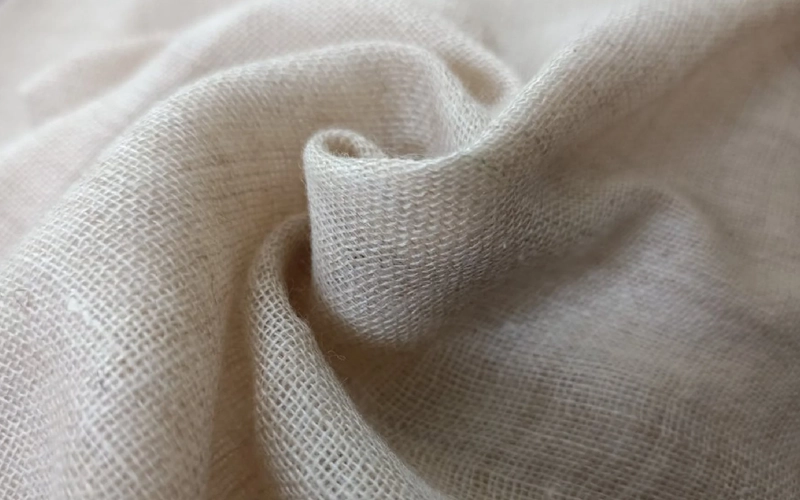
The phrase “bamboo fabric” is used to describe a variety of textiles derived from the bamboo plant. Bamboo has been used to make textiles for thousands of years, but the technique for turning this resilient and quickly growing wood into cloth has only recently been refined. Bamboo cloth has a complicated history.
Certain varieties of this fabric are ethically and environmentally manufactured, while others might be detrimental to the environment or the workers who produce them. Knowing more about the textile business surrounding this plant will help you choose the proper bamboo fabric.
Cork Fabric
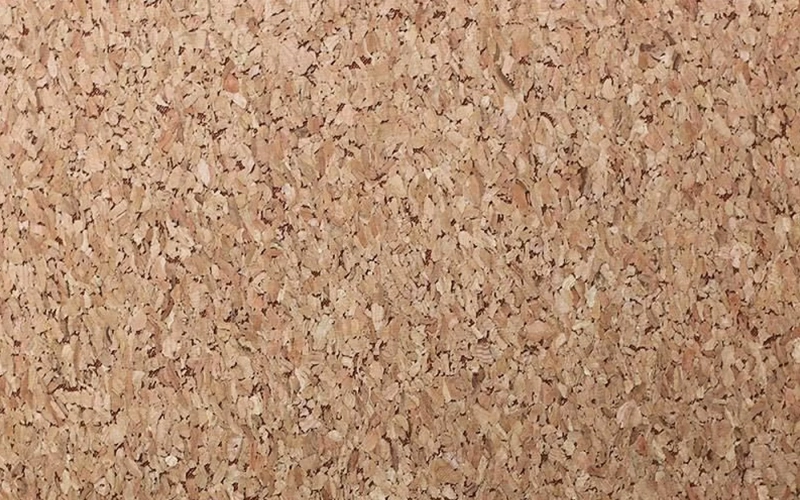
Thin cork shavings that are taken directly from the bark of the cork oak tree are used to make cork fabric, also known as cork leather or cork skin. The majority of the manufacturing is done by hand. These thin cork sheets are laminated to a fabric support backing using a special, patented technique.
The grade of the backing varies according to the use of the cork cloth. The longevity of the cork fabric is remarkable. The cork fabric is protected from stains with a fabric protection spray. Cork cloth wears similarly to leather in terms of durability, which is another reason it’s commonly called “cork leather.”.
The primary distinction between cork leather and ordinary leather is that the former may become wet; in fact, it can be cleaned in a washing machine with hot water. Cork fabric is as adaptable as cloth and as long-lasting as leather. Water- and stain-resistant, hypoallergenic, long-lasting, and eco-friendly are all attributes of this material. The innovative features of cork fabric are unique and distinctive.
ECONYL
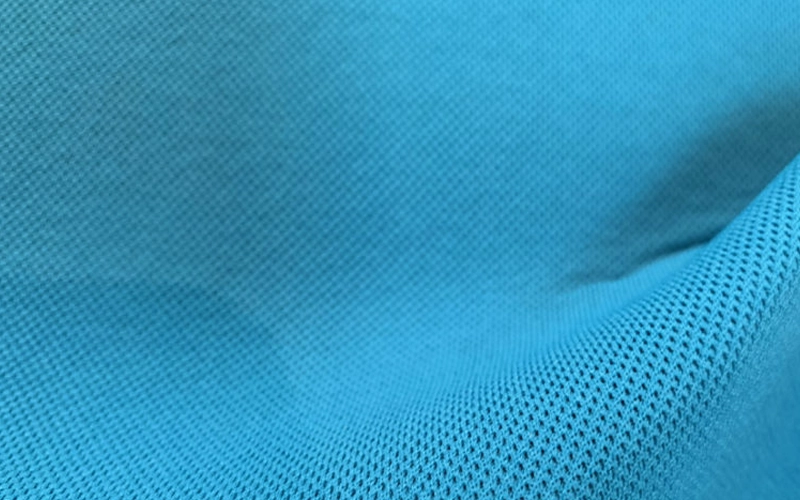
Econyl, a substitute for nylon, is made from leftover materials. Even though nylon frequently has a very detrimental influence on the environment, the makers of Econyl hope to reduce these consequences by using recycled fundamental components. A type of regenerated nylon fabric called Econyl is created by breaking down and reconstituting waste nylon materials into fresh material.
They have several advantages in terms of strength, breathability, and appearance. They are therefore frequently employed in the contemporary fashion industry. Econyl has all the characteristics of regular nylon fabric because it is chemically comparable to nylon. Their durability and ease of weaving enable the production of industrial fabrics and tightly knit garments. However, this fiber is not elastic in its natural state and must be woven into the fabric to become stretchy.
Hemp Sustainable Fabric
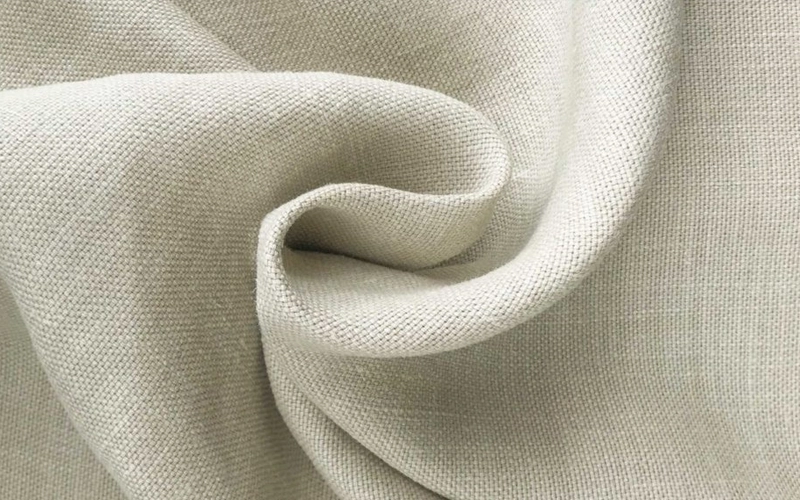
Hemp cloth is a type of textile made from the fibers of the stalks of the Cannabis sativa plant. Although this plant has been used for thousands of years to produce extraordinarily robust and resilient textile fibers; its psychoactive qualities have made it more challenging for farmers to grow this immensely beneficial crop in recent years.
Two different uses for Cannabis sativa have been bred over thousands of years. The plant has been selectively grown to contain high levels of tetrahydrocannabinol (THC) and other psychotropic chemical ingredients known as cannabinoids throughout many generations of cultivators. However, other growers have continuously bred Cannabis sativa to provide better and stronger fibers and have intentionally decreased the amount of psychotropic cannabinoids these crops generate.
Kapok Fiber
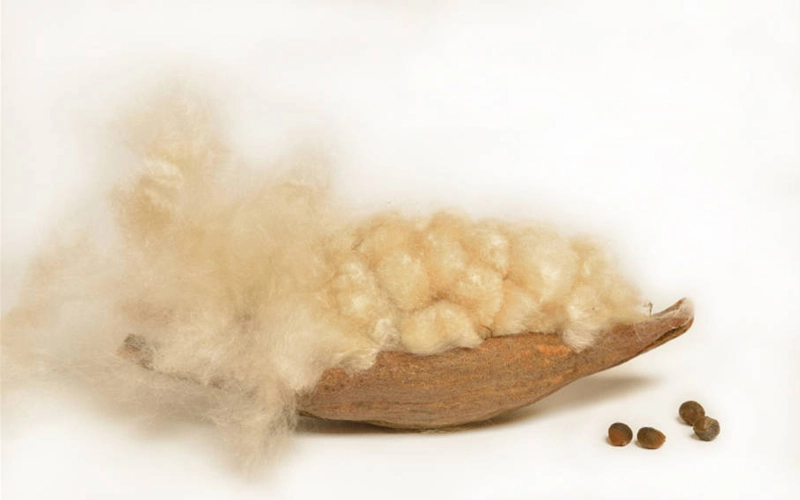
The Kapok tree, sometimes called Ceiba kentandra, is the source of the silky, cotton-like material known as Kapok fiber. The ceiba tree, which is a member of the Bombacaceae family, is mostly found in Asia in tropical and semi-tropical regions with porous volcanic soil at elevations below 1000 feet.
Because of its exceptional buoyancy, the silky kapok fiber, also known as floss, is a small cellulose tube with air packed inside that is perfect for packing life preservers and other water-safety supplies. Because of its vacuum fibers, it is eight times lighter than cotton and has exceptional thermal insulation.
Kapok fiber is also odorless, lightweight, non-toxic, non-allergic, and resistant to rot. Kapok has historically been used as a filler or for nonwovens. For a long time, it was thought that Kapok’s thin wax-like layer prohibited it from being spun, hence, the ability to spin Kapok fiber into yarn is relatively new.
Linen (Flax Fiber)
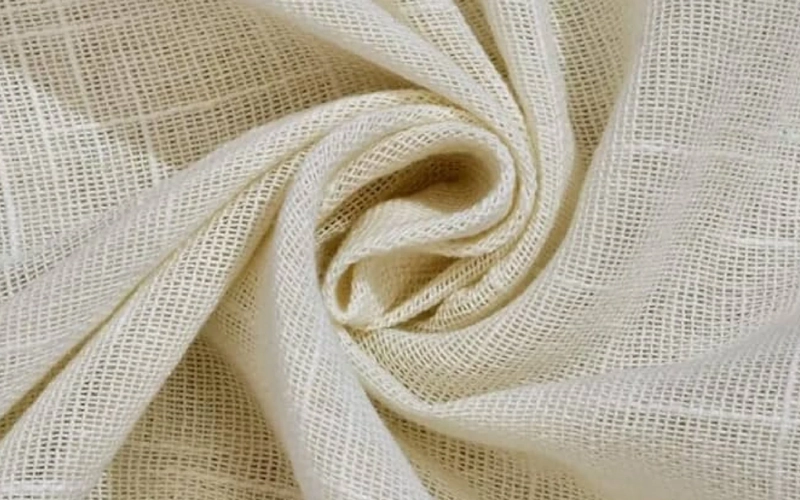
The flax plant’s (Linum usitatissimum) stems are used to make linen, a natural textile. Harvested from the stalks of the plant, flax fibers are processed to make linen fabric, which is prized for its strength, breathability, and inherent sheen. One of the world’s oldest textiles, it is prized for its durability, breathability, and adaptability.
The flax plant’s stems are the source of the fibers used to make linen. The plant’s exterior stalk breaks down through a process known as retting, exposing the long, sturdy fibers inside. These fibers are then spun into yarns, which are made into cloth. Linen’s remarkable qualities are well-known.
In warm areas, it is a popular choice for clothes since it is highly absorbent, wicks moisture away from the body, and dries quickly. Linen is also long-lasting and becomes softer and more comfy with each washing. Many people like its unique, somewhat rustic appearance, which is a result of its inherent brilliance and texture.
Organic Cotton
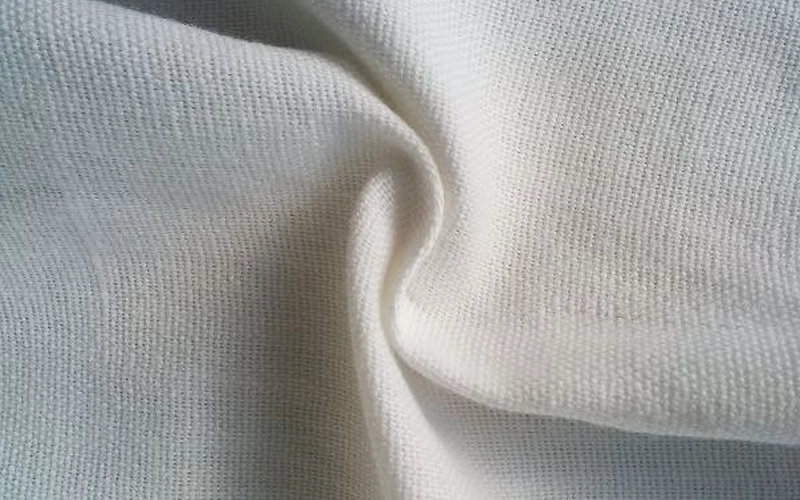
Deciding to use sustainable and organic fabrics benefits both the environment and people. Because it is produced without the use of dangerous chemicals or pesticides, organic cotton is safer for both farmers and laborers. Additionally, it is more environmentally beneficial because it does not strain the environment like non-organic farming does.
Traditional cotton is produced with hazardous chemicals and insecticides. Selecting organic cotton is therefore the best way to avoid these harsh production methods. In addition to being farmed without the use of harmful chemicals, organic cotton can also assist in lessening the quantity of chemical waste that is released into the environment when combined with natural dyes.
Organic Wool
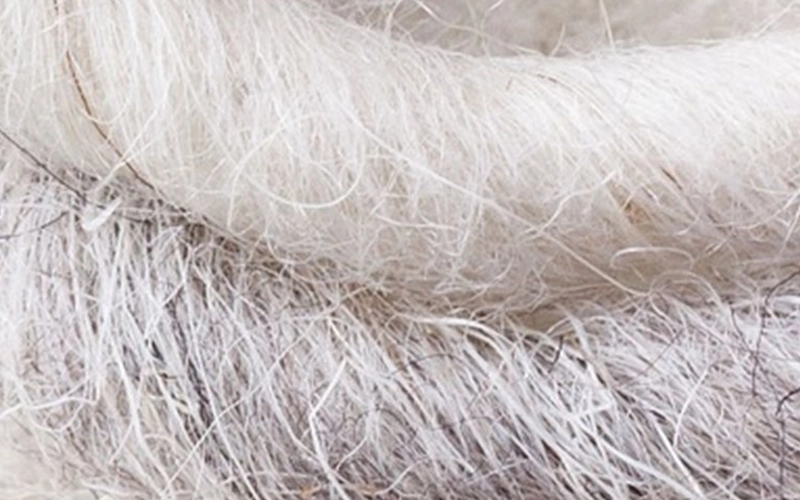
Wool is one of the softest and coziest materials ever! This characteristic is most commonly associated with fluffy sheep, but it can also be found in goats, rabbits, llamas, alpacas, and musk oxen. Even though wool is often one of the greenest textiles, we believe that organic wool is even more morally and ecologically responsible. This is because it is manufactured in a more environmentally responsible manner while still retaining all of the advantages of traditional wool.
Piñatex
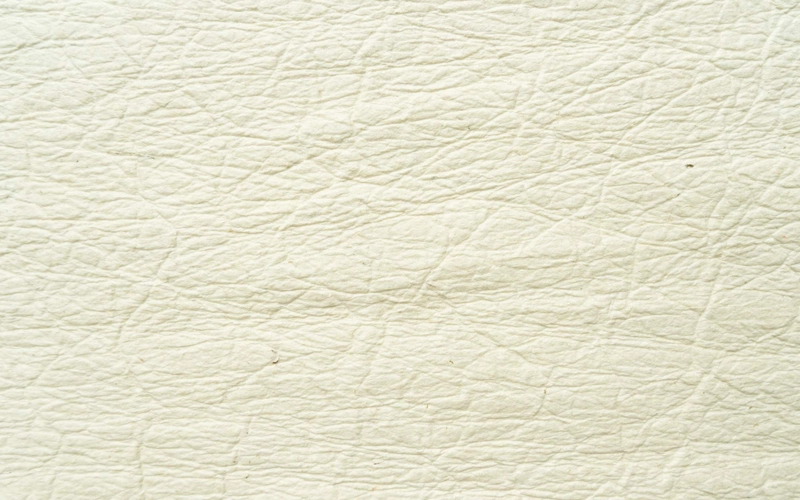
The debris from pineapple fields is used to make a new kind of environmentally friendly fabric called Piñatex. Before the creation of this novel material, the trash was either burned or left to decay. Eventually, this new processing method should result in the complete elimination of these activities.
These fibers are processed to create a non-woven fabric that can be used in place of other synthetic fabrics in apparel, accessories, and interior design. Piñatex, above all, does not require additional area, water, or fertilizer. Although Piñatex does not directly compete with cotton, it is nonetheless impressive that a fabric is being made without the need for additional water.
Recycled Cotton
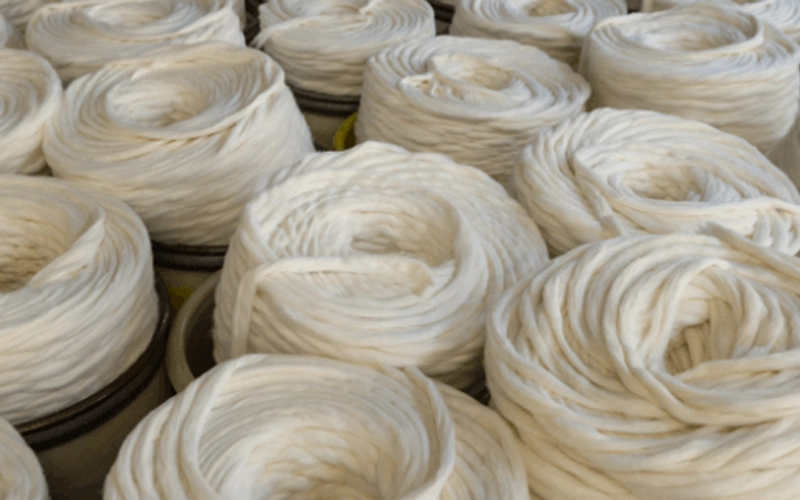
Cotton waste, such as fabric offcuts, worn apparel, or clearance stock, is used to make recycled cotton. Recycled cotton gives these textiles a new lease of life while lowering the amount of natural resources needed to make virgin cotton. Compared to conventional or organic cotton, recycled cotton uses much fewer resources and avoids further textile waste. It is therefore a very sustainable choice. Cotton can be recycled by using leftover textiles or old clothing. The cotton might not be as good as brand-new cotton. As a result, recycled cotton is frequently mixed with fresh cotton.
Recycled Polyester (rPET)
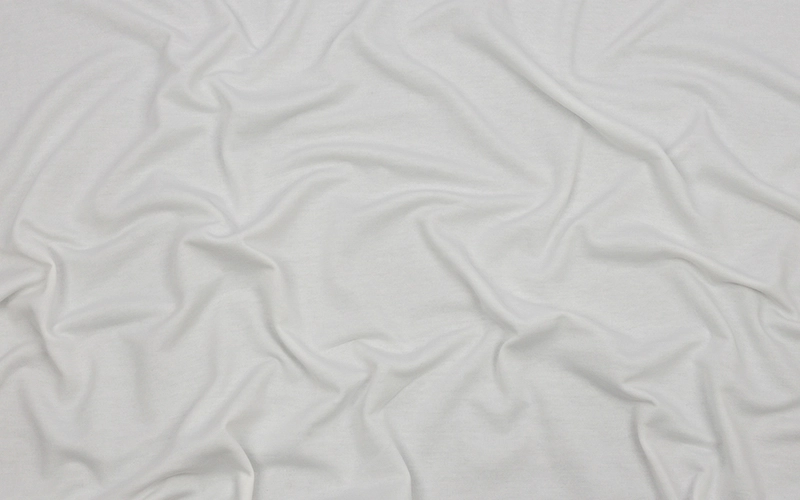
This substance, also known as rPET, is made by people using recyclable plastic bottles and containers. This eco-friendly fabric is undoubtedly a fantastic substitute. Polyester uses far fewer resources to produce than other synthetic materials. Experimental studies have also shown that its production reduces CO₂ emissions. Particularly when contrasted with ordinary virgin polyester, this more environmentally friendly fabric is an excellent choice. Businesses make virgin polyester from renewable raw materials.
It is created by melting down old plastic and spinning it again into fresh polyester fiber. Recycled polyester (rPET) is made in factories from household objects that people throw away after using them. PET is the raw fabric used to make recycled polyester. Straws, containers, and recycled plastic bottles are used to make this kind of polyester. It is also made from other comparable waste materials from industries and manufacturers.
SeaCell (Seaweed Fiber)
This fiber, which comes from wood pulp and seaweed, or algae, offers preventive and anti-inflammatory qualities that work through the skin and speed up metabolism. The clothing appears to be living! Fascinating. It has microscopic threads that encourage cell regeneration that are generated from sea algae.
Soybean Fiber
The hulls of soybeans are used to make this environmentally friendly soy fabric, which is a waste product of food production. Soy fabric is soft, easy to maintain, and absorbs dyes quickly, requiring fewer dyes. It is sometimes referred to as the “vegetable cashmere.” Because of its inherent drape, soy clothing is light, silky soft, and somewhat stretchy, making it ideal for gently caressing your body. Its smooth and opulent texture has earned it the nickname “cashmere” for vegetables, although you’ll probably agree that it’s much easier to maintain than cashmere.
Tencel (Lyocell)
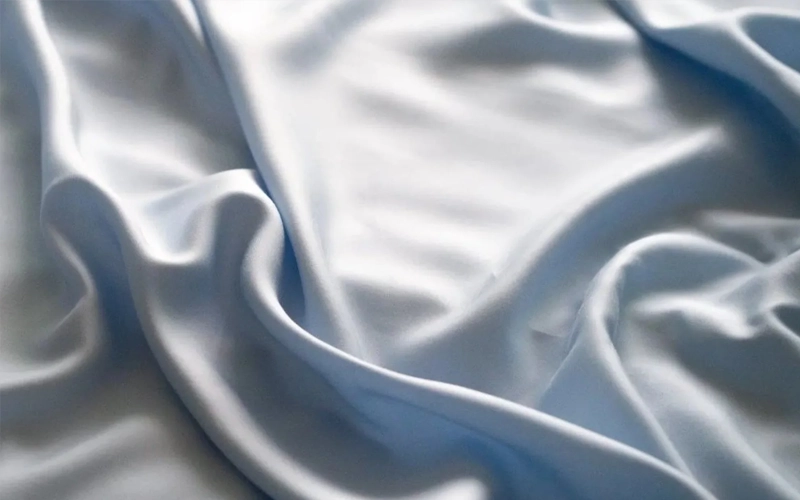
This semi-synthetic fabric is made from wood pulp. It differs from viscose rayon in its production process, which is fully closed-looped and incredibly resource-efficient, like Econyl’s. Lenzing, an Australian company, uses sustainable production methods to create the best lyocell and modal fabric under the TENCEL name. This flexible and skin-friendly material can be used alone or combined with other textiles to create bed and bath fabrics, dresses, pants, and intimate apparel.
How to Identify Sustainable Clothing?
Now that you know what a sustainable fabric is, let’s talk about how to tell if it’s the real thing. Greenwashing is a common strategy used by fashion industry companies to convince consumers that their clothing is sustainable.
- The practice of brands employing misleading branding or marketing materials to falsely suggest they are environmentally friendly without actually committing to sustainable measures is known as “greenwashing.” Knowing what materials your clothes are made of and avoiding greenwashing are two benefits of becoming familiar with clothing labels.
- Below is a list of some of the things you should look for on garment labels: the following standards, certifications, and schemes, such as
Fairtrade Certified
You’ve undoubtedly seen the Fairtrade Mark on product labels, which certifies that Fairtrade standards have been adhered to and who made your garments. Extended lead times, competitive prices, and fair terms of trade are the goals of the majority of Fairtrade criteria. These elements also contribute to the safety, autonomy, and environmental sustainability of workers. Regarding materials, the Fairtrade Mark or Fairtrade Sourcing Partnership logo is used to identify Fairtrade cotton.
Cradle to Cradle®
A product’s Cradle to Cradle® certification, or eco-label, attests to the effort made to make it environmentally friendly. Depending on their efforts in recycling, eco-materials, social responsibility, water efficiency, and renewable energy, fabrics or clothing items can receive certification at the basic, silver, gold, or platinum levels.
GOTS Certified
The Global Organic Textile Standard (GOTS) was developed by prominent standard-setting organizations to standardize the different requirements for processing textiles in an environmentally responsible manner. This standard looks at all aspects of the fabric development process, including raw material harvesting, production, and ethical labeling.
Produced in Green
A product with the Made in Green mark has been produced in facilities that uphold workers’ universal rights and the environment. As a result, customers may better understand the origins of their clothing and supplies.
Eco-friendly Textile
The International Oeko-Tex Association certifies textiles that don’t use harmful chemicals during production and inspects textiles for harmful substances. The Oeko-Tex Standard 100 label ensures that every component of a textile product is safe for human health.
Eco-Friendly Materials Now in Fashion!
You should be ready to make environmentally friendly purchases in the real world now that you have a better understanding of sustainable materials. Regardless of your experience as a designer, seamstress, or even someone just starting in business, the textiles you choose can make a big difference in terms of sustainability. The process of choosing the greenest fabrics has never been easier! If you’re prepared to advance sustainable fashion, custom clothing brand Foxedo Sports encourages sustainability to reduce its impact on the environment.
